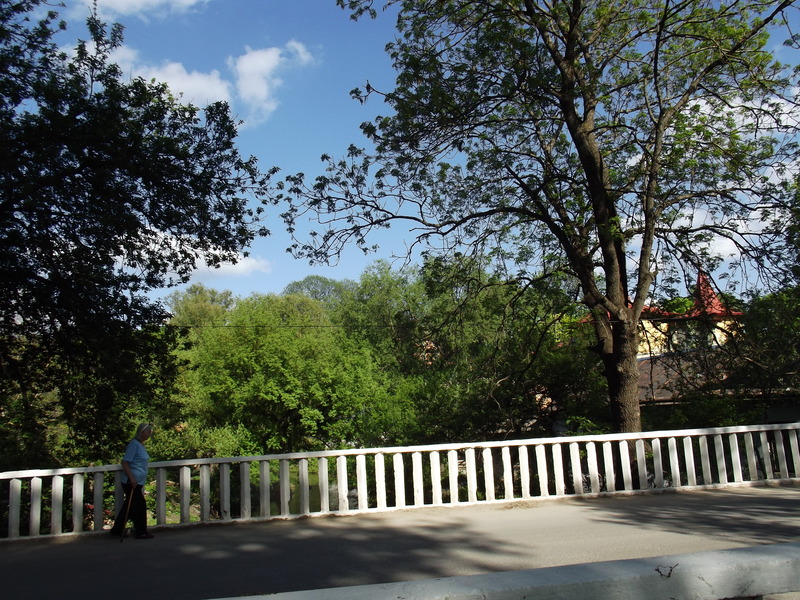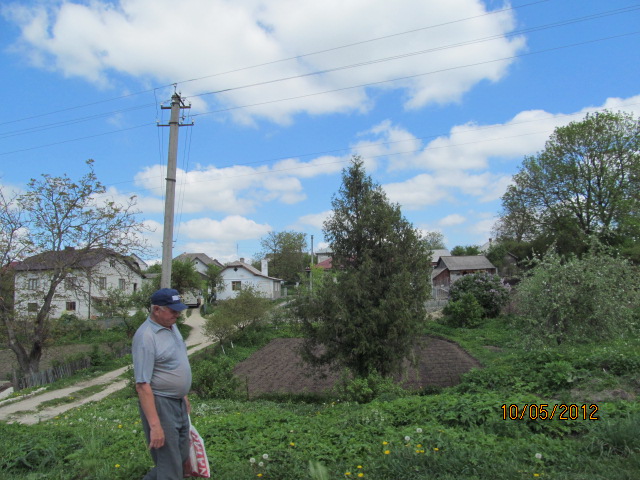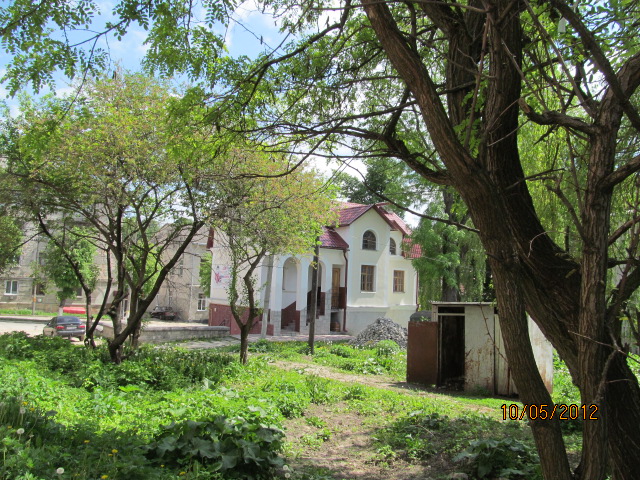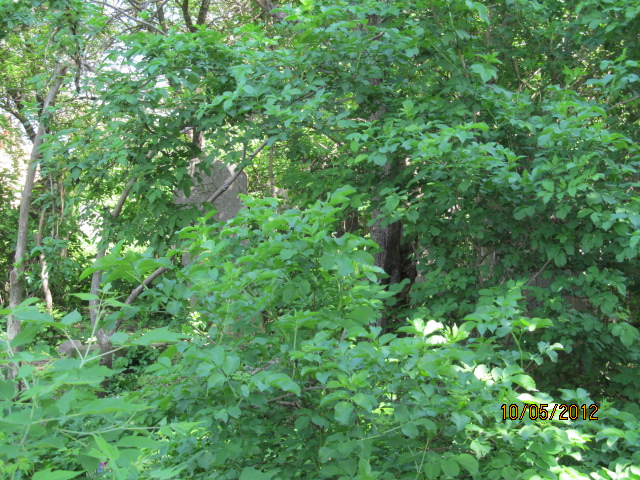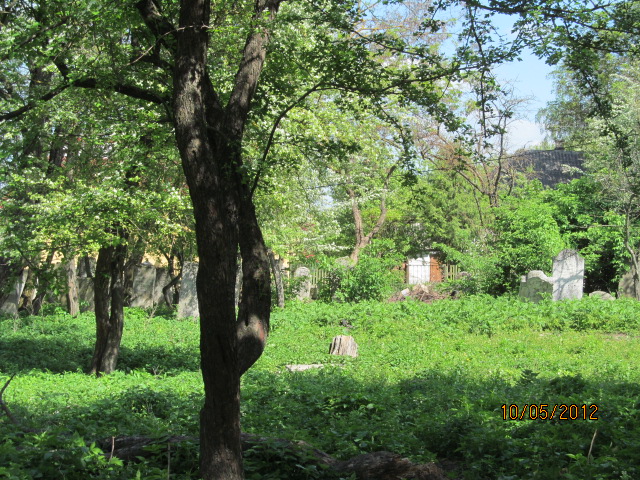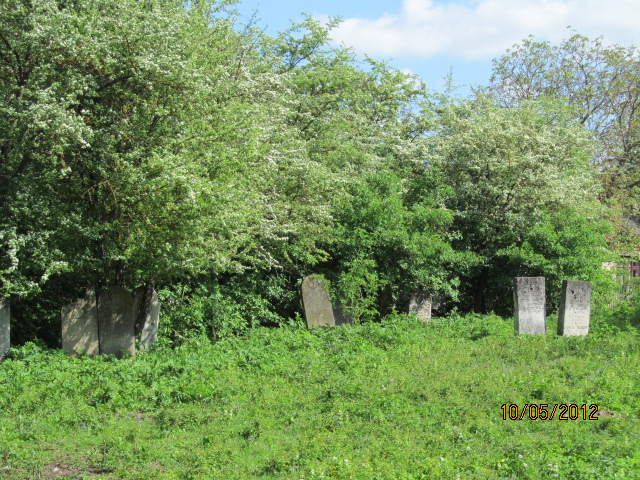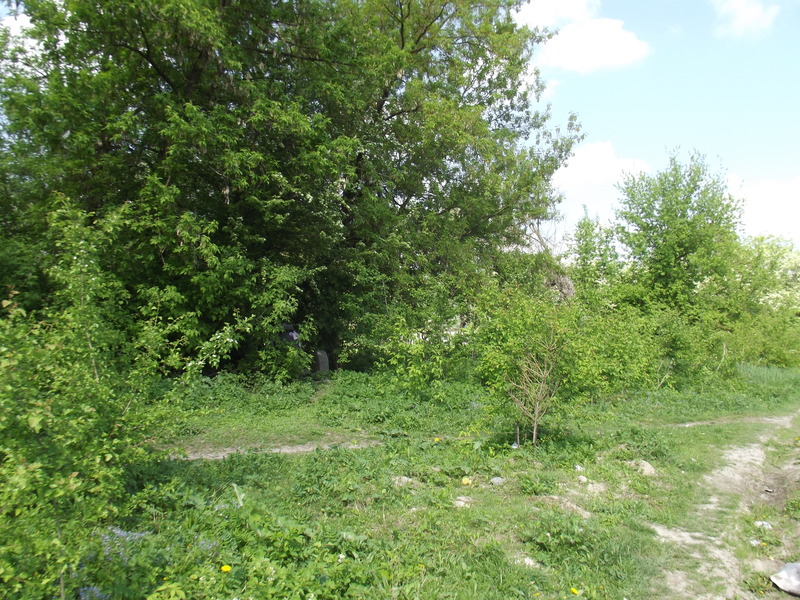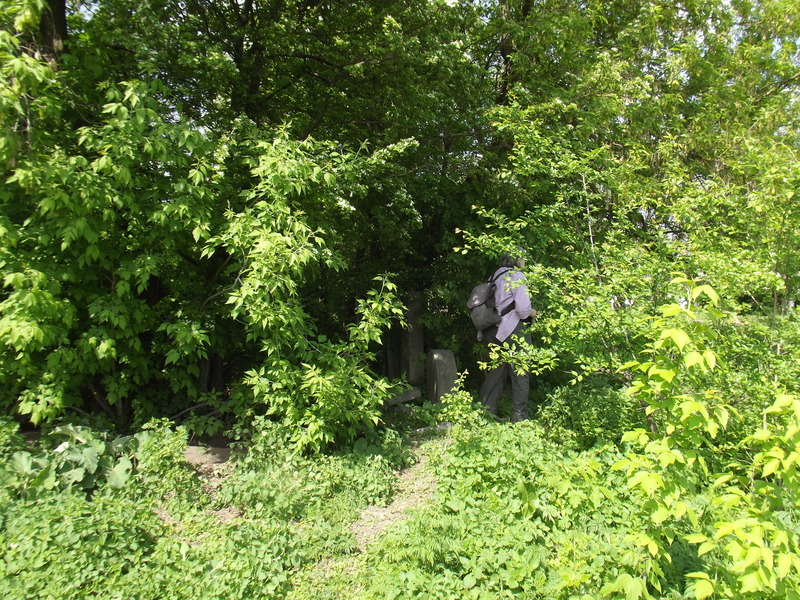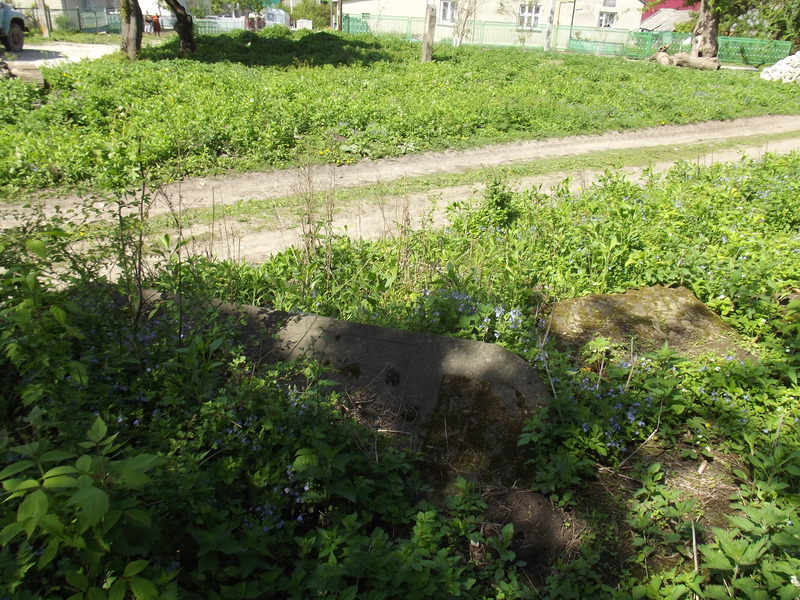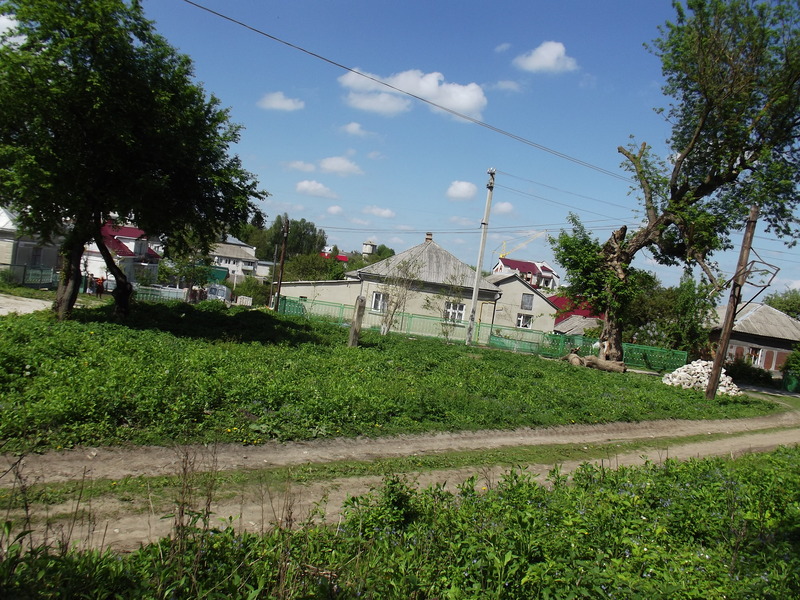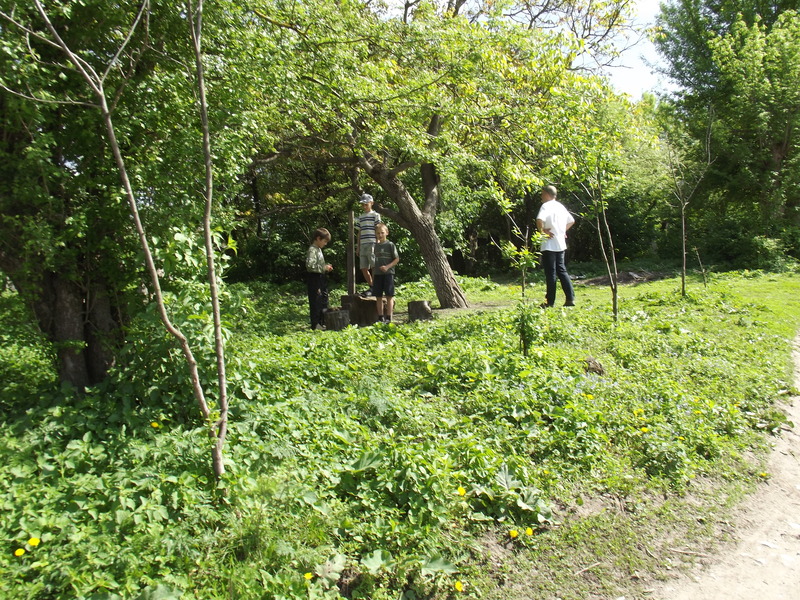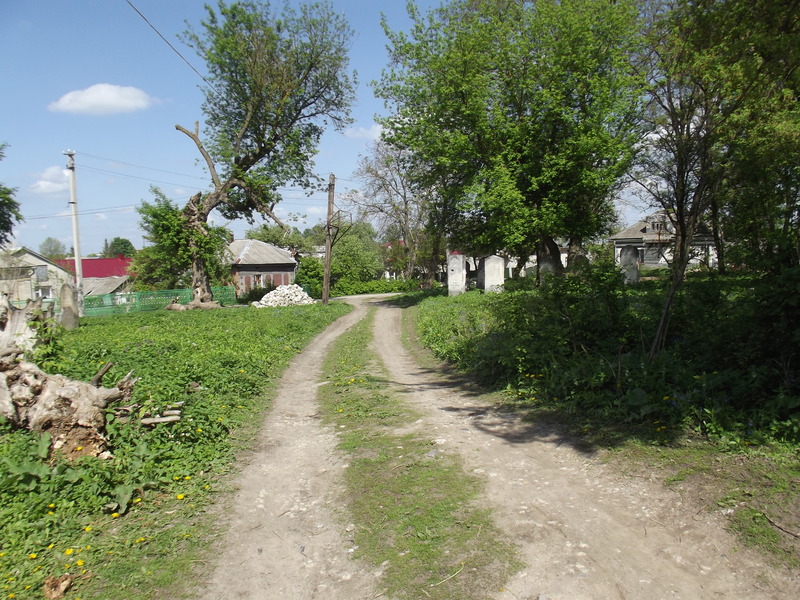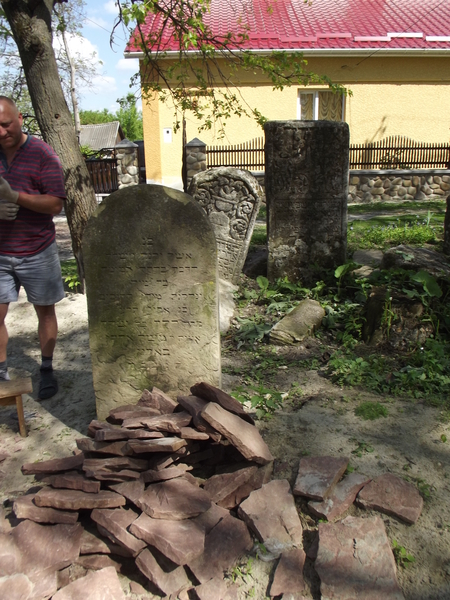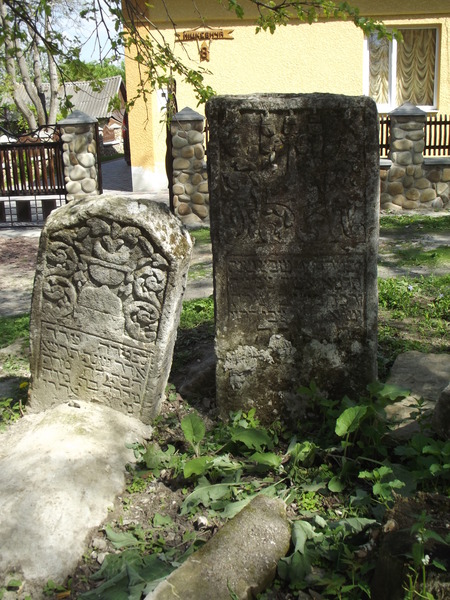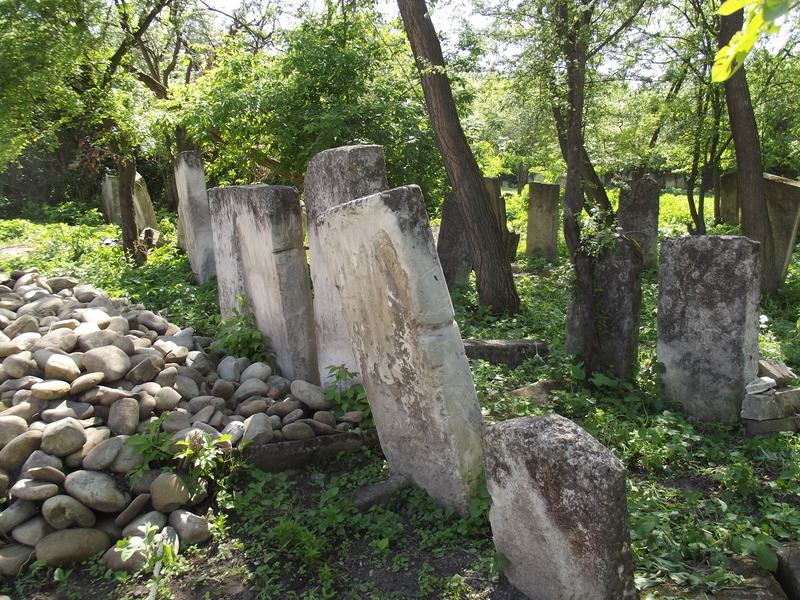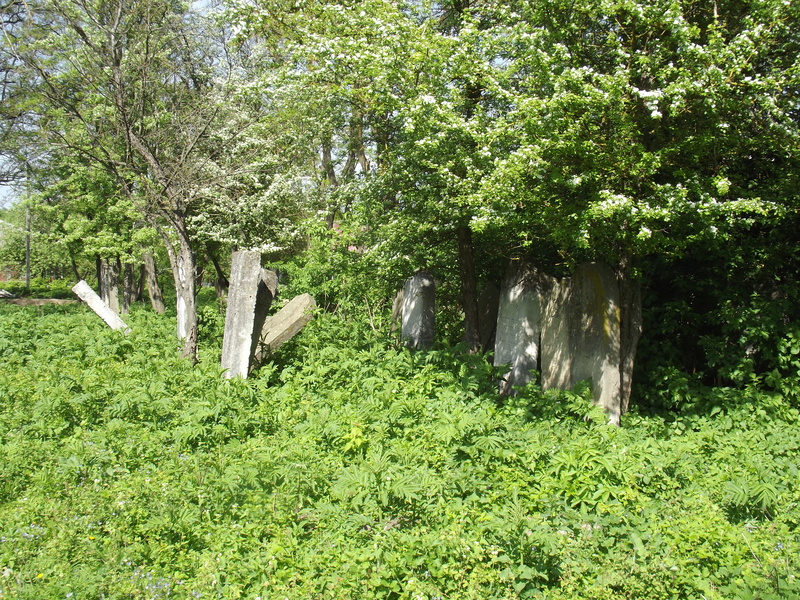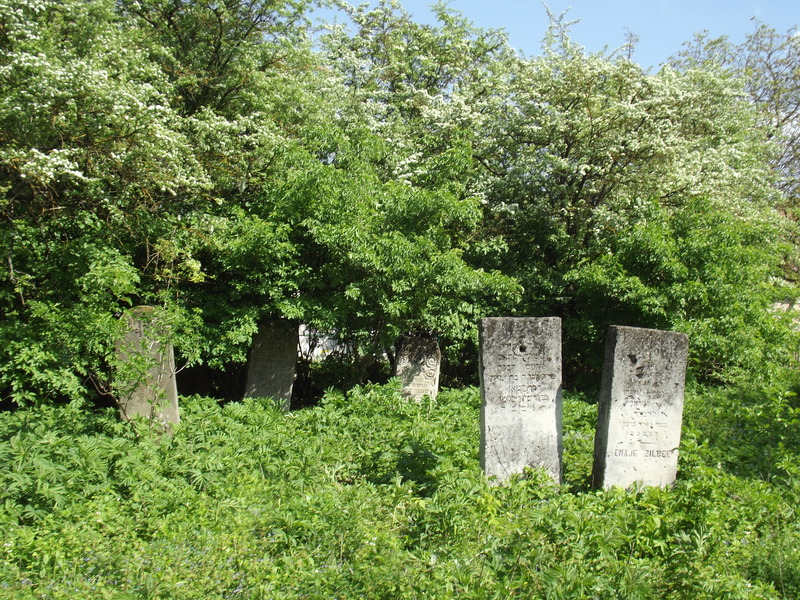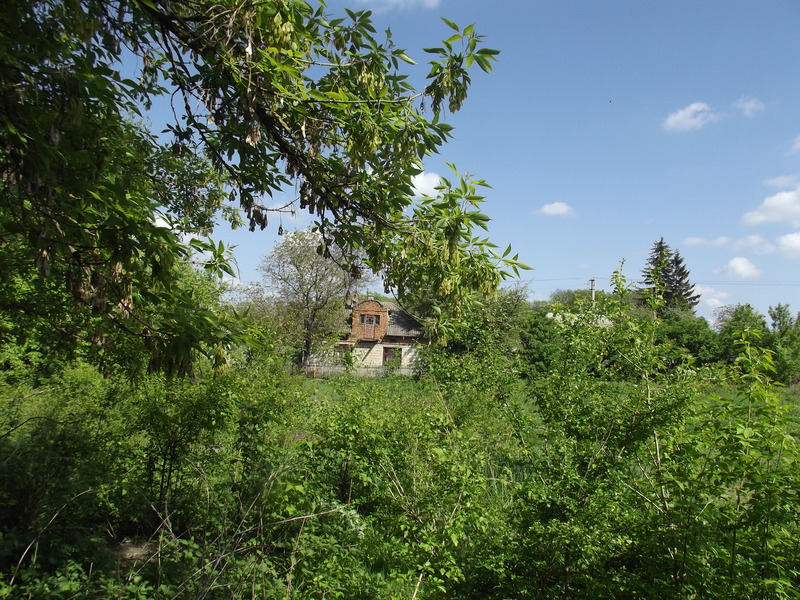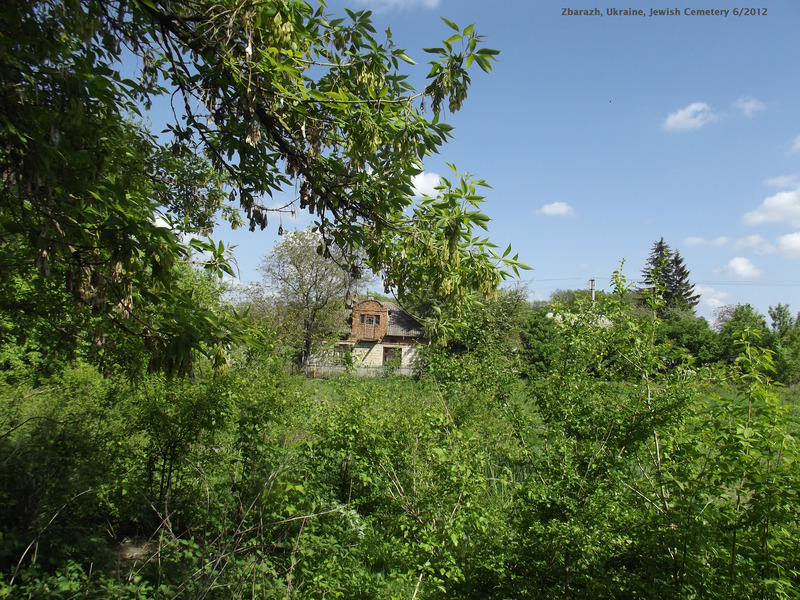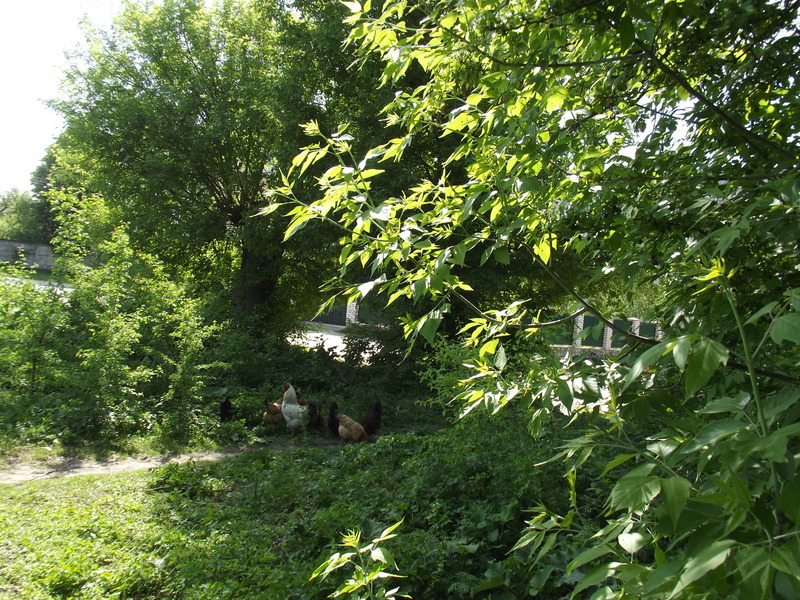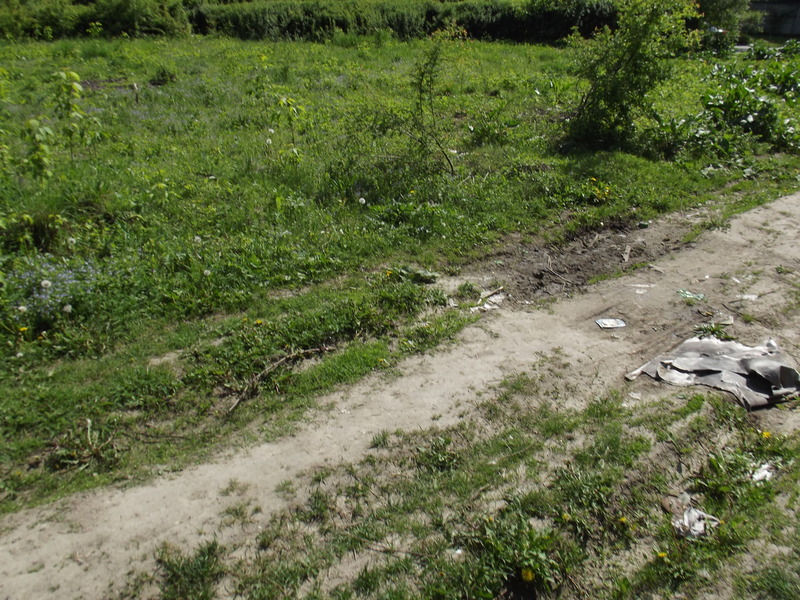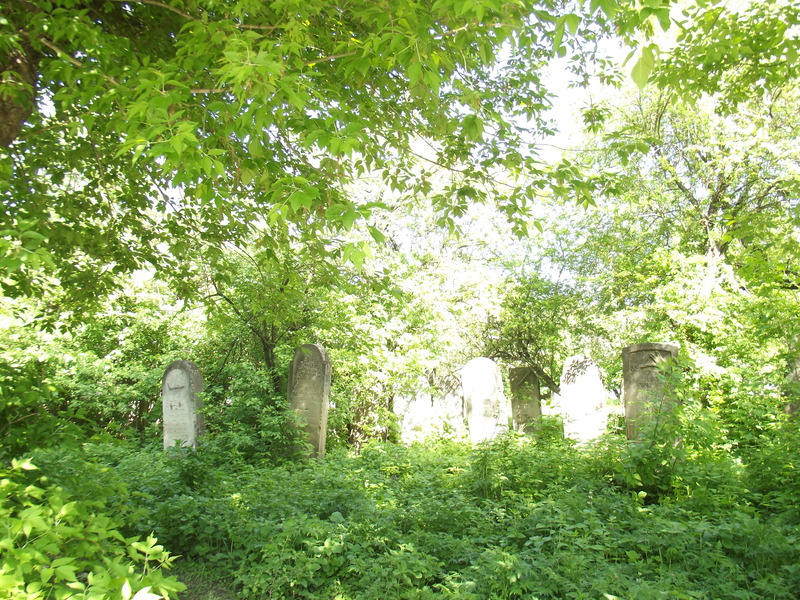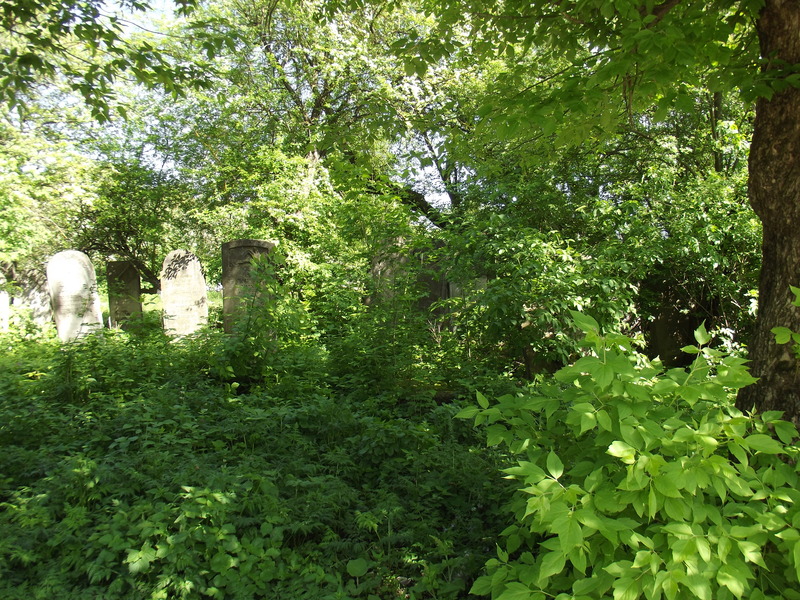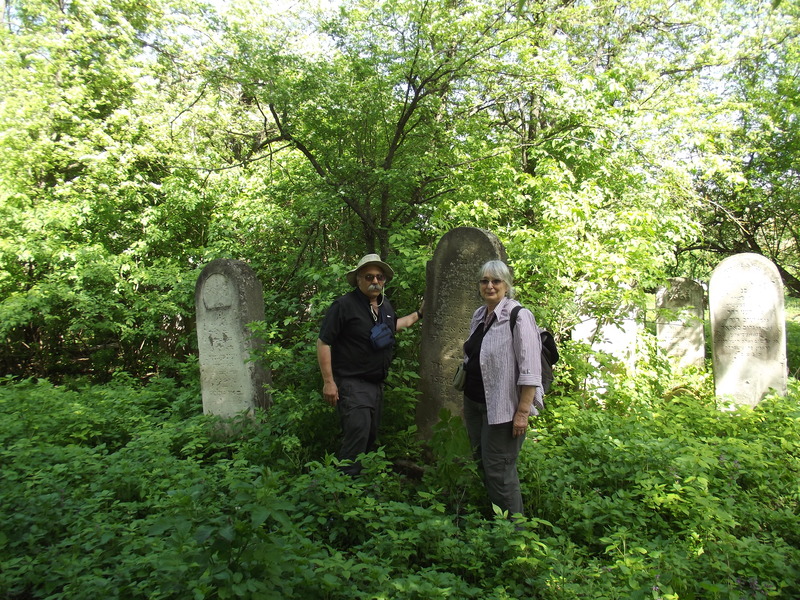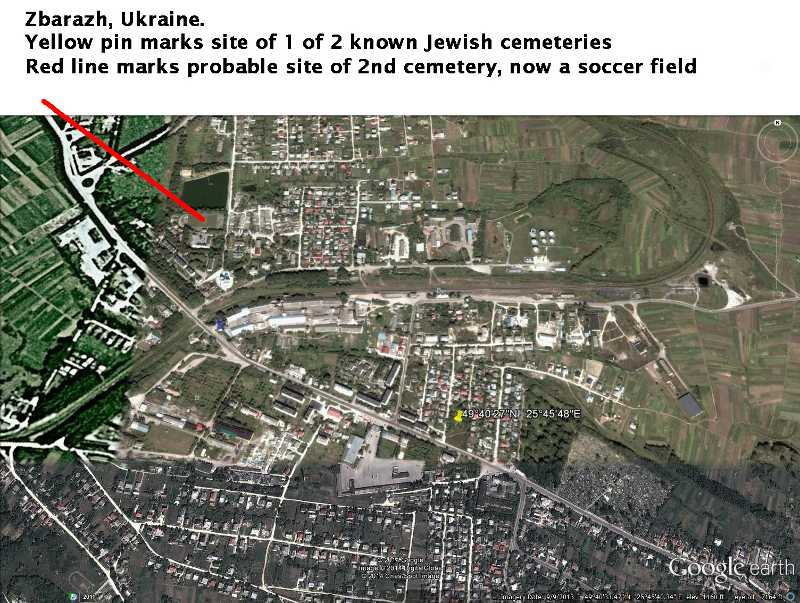Alternate names: Zbarazh, Збараж [Ukr, Rus, זבאראזש - Yid and , זברז [Hebrew], Zbaraż [Pol], Sbarasch [Ger], Sparach, Zbarezh. 49°40' N, 25°47' E, 12 miles NE of Ternopil. 1900 Jewish population: 3,631. The town's formerly sizable Jewish population (about 3000 in 1931 census) was wiped out during the Holocaust, in June-July 1943.
- Sefer Zbaraz
(Tel Aviv, 1983) ShtetLink - Encyclopedia of Jewish Life (2001), p. 1495: "Zbaraz".
- Encyclopaedia Judaica (1971), Jews in Zbarazh (Zbaraz), vol. 16, col. 944
- Journey Through the Night
- Jewish Cemetery on JOWBR
- Pinkas HaKehilot, Poland, Vol. 2 (1980), p. 199-202: "Zbaraz"
- Shtetl Finder (1989), p. 125: "Zbarazh".
- Jewish Records Indexing Poland Town Page
- Museum of the History of Polish Jews Shtetl page
- Galicia SIG
Jews lived there at the end of the 15th century. The cemetery dates from 1510. A 1593 document shows that the city and its entire revenues were leased to Jews and Christians jointly. The Jewish community expanded in the 17th century. Zbaraz' large castle thwarted the Mongolian siege. To celebrate, the prince built three places of worship: a Catholic church, a Ukrainian Orthodox church, and a synagogue. When the Nazis attacked the synagogue during WWII, their shells ricocheted off the massive walls killing two German soldiers, so they abandoned their attempt to destroy the building. The siege on Zbarazh by *Chmielnicki in 1649, its capture by the Turks in 1676, and the Haidamak raids of 1708 caused suffering for the Jews. Jewish population: 910 in 1765, 2,896 (35% of the total) in 1900, and 3,000 in 1931 census. Notable Jewish residents included Rabbi Zev Wolf, singer Velvel Zbarjer, folk poet B.Z. *Ehrenkranz, and the author Ida Fink. Jewish history by Michael Kanczuker.
Two Hasidic followers were Isaiah of Zbarazh and his son. Refugees from Poland swelled the Jewish population to about 5,000 until the Germans occupied the town on July 6, 1941. On July 4, 1941, a pogrom killed the first Jews. On Sept. 6, 1941, the Jewish intellectuals were ordered to present themselves before the Nazis and seventy were murdered in the Lubieniecki forest. In spring 1942 about 600 sick and aged persons were marched off toward Ternopil and murdered along the way. Others were deported to the labor camps of *Kamenka-Bugskaya and Zborow. On Aug. 31-Sept. 1, 1942, an Aktion deported hundreds to Belzec extermination camp. Hermann Mueller, head of the Gestapo at Tarnopol, directed the murders. On Oct. 20-22 1942, 1,000 Jews were deported to Belzec and Lvov Janowska camp. On Nov. 8-9, 1942, more than 1,000 Jews was deported to Belzec. On April 7, 1943, hundreds of Jews were put to death near the city. The ghetto established in the autumn of 1942 was liquidated on June 8, 1943. Some Jews hid in the Polish village of Kretowce. About 60 Jews from the city survived the Holocaust. [June 20
11]
CEMETERY:
-
- About 10 gravestones remain in this cemetery destroyed by Germans during World War II. According to Henryk Ślaski`
- guidebook to Zbaraż, the oldest matzevot (engraved with Polish Eagles) date from 1756 and 1790. Visible on one is the inscription in Polish: "Teni z Tinterów Aszkenasowa 1881-1937". [June 2011]
- Article about Zbarazh cemeteries by former resident: courtesy This email address is being protected from spambots. You need JavaScript enabled to view it. [Apr 2014]
- Photos courtesy This email address is being protected from spambots. You need JavaScript enabled to view it. [photos taken 2012]
- Facebook: ESJF completed the fencing project. [Dec 2018]
[UPDATE] Great Synagogue of Zbarazh - now a distillery [December 2017]

